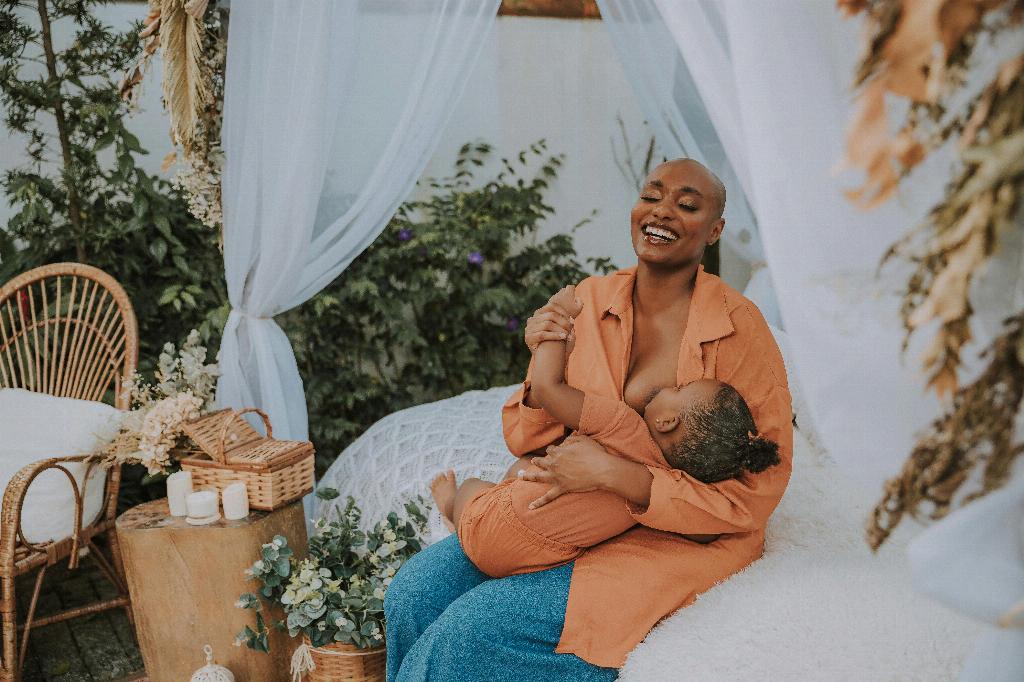When it comes to giving a bottle to a breastfed baby, finding the right balance is key. It’s important to consider the baby’s age and individual feeding preferences to determine how often to introduce a bottle. As a general guideline, offering a bottle 3-4 times a week and no more than once a day is often recommended by experts.
Waiting too long to introduce a bottle to a breastfed baby, especially after 6 weeks, can sometimes lead to the baby rejecting it. Babies can develop a strong preference for breastfeeding during this time, making it challenging to introduce the bottle later on. By offering a bottle regularly but not too frequently, you can help your baby stay familiar with the artificial nipple while still maintaining a strong breastfeeding relationship.
Some parents may worry about nipple confusion when introducing a bottle to a breastfed baby. While this concern is valid, many babies can successfully switch between breastfeeding and bottle-feeding without any issues. It’s essential to observe your baby’s behavior and feeding patterns to determine how well they are adapting to both breastfeeding and bottle-feeding.
It’s essential to remain flexible when introducing a bottle to a breastfed baby. Every baby is unique, and what works for one baby may not work for another. Some babies may take to the bottle easily, while others may require more time and patience. Be patient and persistent in offering the bottle to your baby, but also be prepared to adjust your approach based on their feedback.
As babies grow and develop, their feeding needs and preferences may change. It’s important to pay close attention to your baby’s cues and adapt your feeding routine accordingly. If you notice that your baby is struggling with bottle-feeding or showing signs of reluctance, consider adjusting the frequency or timing of bottle feeds to better suit their needs.
Introducing a bottle to a breastfed baby can be a gradual process. Start by offering small amounts of breast milk or formula in the bottle and gradually increase the volume as your baby becomes more comfortable with bottle-feeding. Be patient and encouraging during this transition period, and provide plenty of positive reinforcement to help your baby feel at ease.
Some babies may prefer a specific type of bottle or nipple. Experimenting with different bottle shapes, nipple sizes, and flow rates can help you find the right fit for your baby. Some babies may prefer bottles that mimic the feel and flow of breastfeeding, while others may do better with a different style of bottle. Pay attention to your baby’s comfort and feeding behavior to determine the most suitable option.
Establishing a consistent feeding routine can help your baby feel more secure and comfortable with both breastfeeding and bottle-feeding. Try to offer the bottle at similar times each day and in a calm, nurturing environment to create a positive feeding experience for your baby. Consistency and patience are key to successfully incorporating bottle feeds into your baby’s feeding routine.
It’s normal for parents to feel anxious or uncertain when introducing a bottle to a breastfed baby. Remember that every baby is different, and it’s okay to seek support and advice from healthcare professionals or lactation consultants if you have concerns or questions. Trust your instincts as a parent and do what feels right for you and your baby when navigating the transition to bottle-feeding.
Ultimately, the frequency of bottle feeds for a breastfed baby will depend on your baby’s individual needs and preferences. By offering the bottle regularly but not excessively, staying attentive to your baby’s cues, and remaining flexible in your approach, you can help facilitate a smooth transition between breastfeeding and bottle-feeding for both you and your baby.

